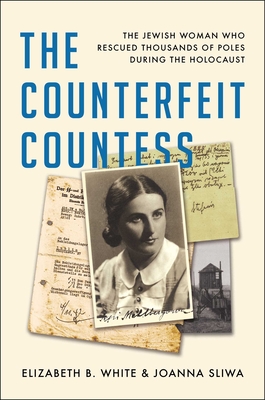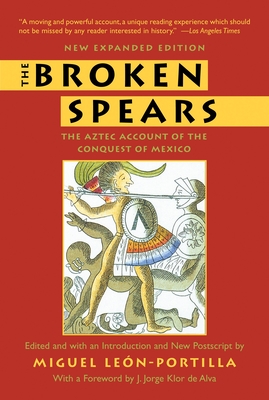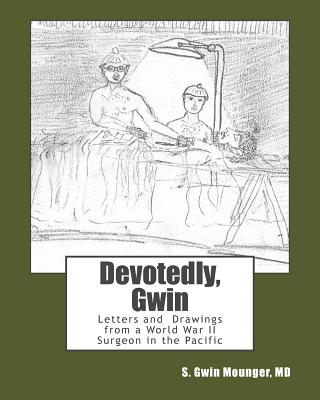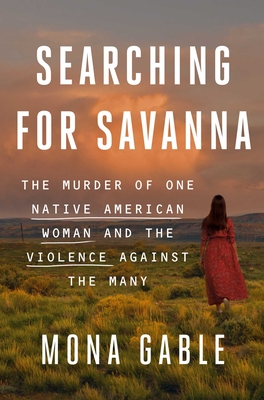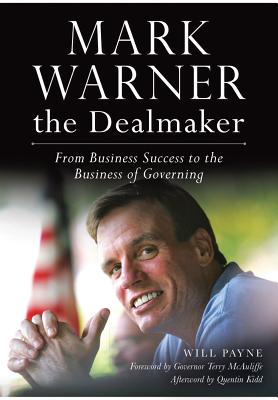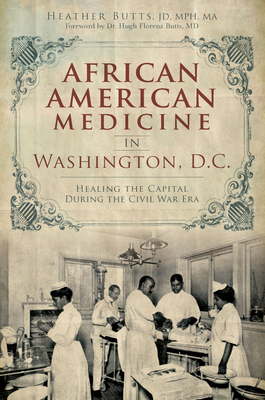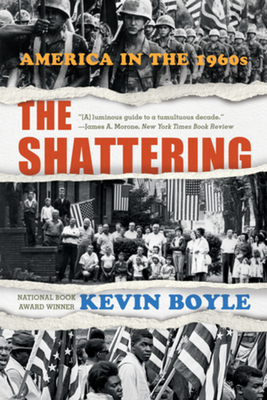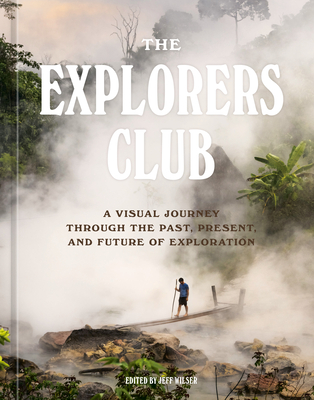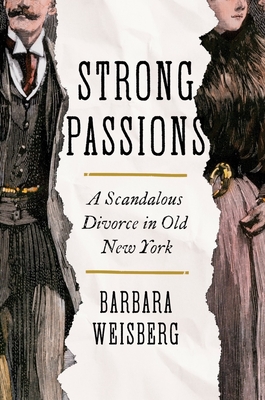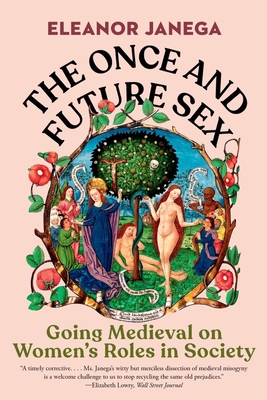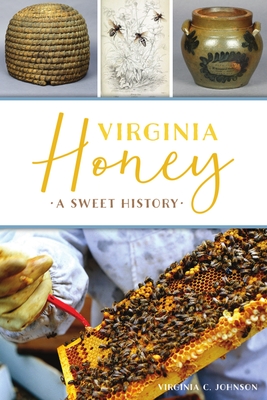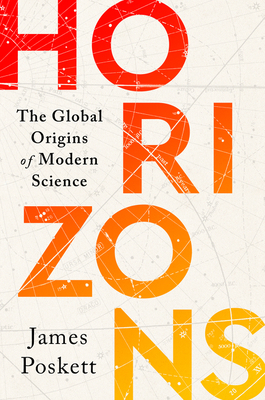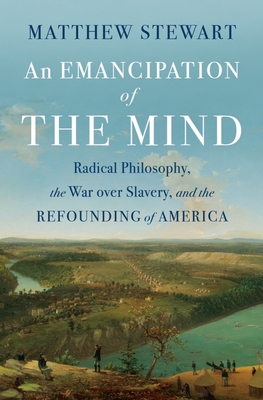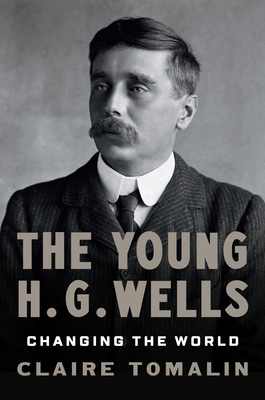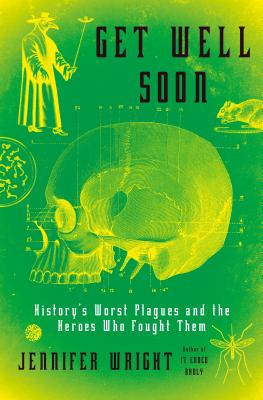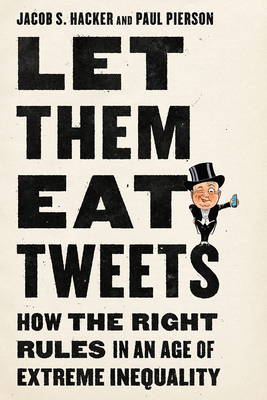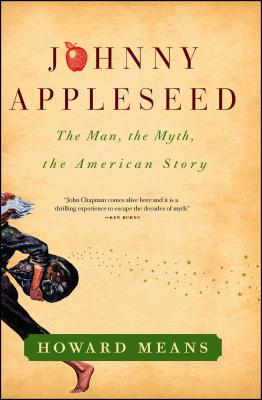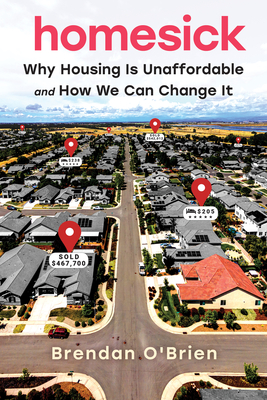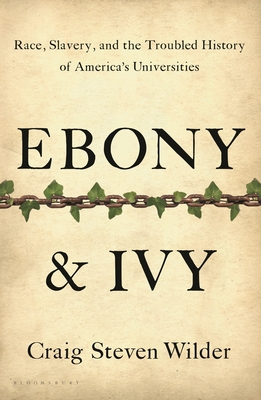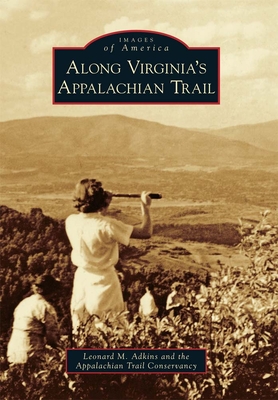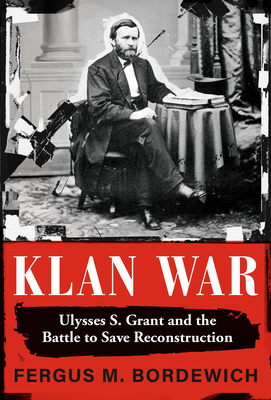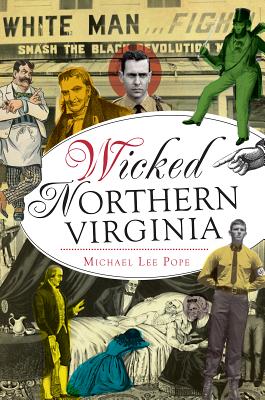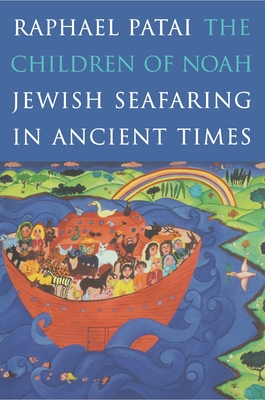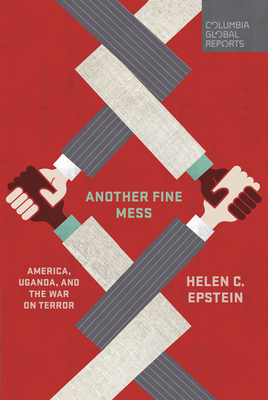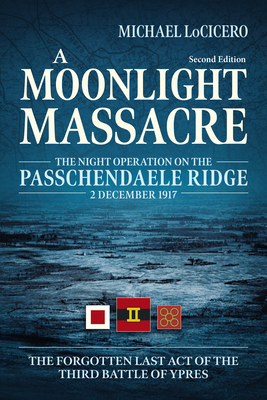
A Moonlight Massacre: The Night Operation on the Passchendaele Ridge, 2 December 1917. the Forgotten Last Act of the Third Battle of Ypres
Description
The Third Battle of Ypres was officially terminated by Field Marshal Sir Douglas Haig with the opening of the Battle of Cambrai on 20 November 1917. Nevertheless, a comparatively unknown set-piece attack - the only large-scale night operation carried out on the Flanders front during the campaign - was launched twelve days later on 2 December. This volume is a necessary corrective to previously published campaign narratives of what has become popularly known as 'Passchendaele'. It examines the course of events from the mid-November decision to sanction further offensive activity in the vicinity of Passchendaele village to the barren operational outcome that forced British GHQ to halt the attack within ten hours of Zero. A litany of unfortunate decisions and circumstances contributed to the profitless result. At the tactical level, a novel hybrid set-piece attack scheme was undermined by a fatal combination of snow-covered terrain and bright moonlight. At the operational level, the highly unsatisfactory local situation in the immediate aftermath of Third Ypres' post-strategic phase (26 October-10 November) appeared to offer no other alternative to attacking from the confines of an extremely vulnerable salient. Perhaps the most tragic aspect of the affair occurred at the political and strategic level, where Haig's earnest advocacy for resumption of the Flanders offensive in spring 1918 was maintained despite obvious signs that the initiative had now passed to the enemy and the crisis of the war was fast approaching. A Moonlight Massacre provides an important contribution and re-interpretation of the discussion surrounding Passchendaele, based firmly on an extensive array of sources, many unpublished, and supported by illustrations and maps.

